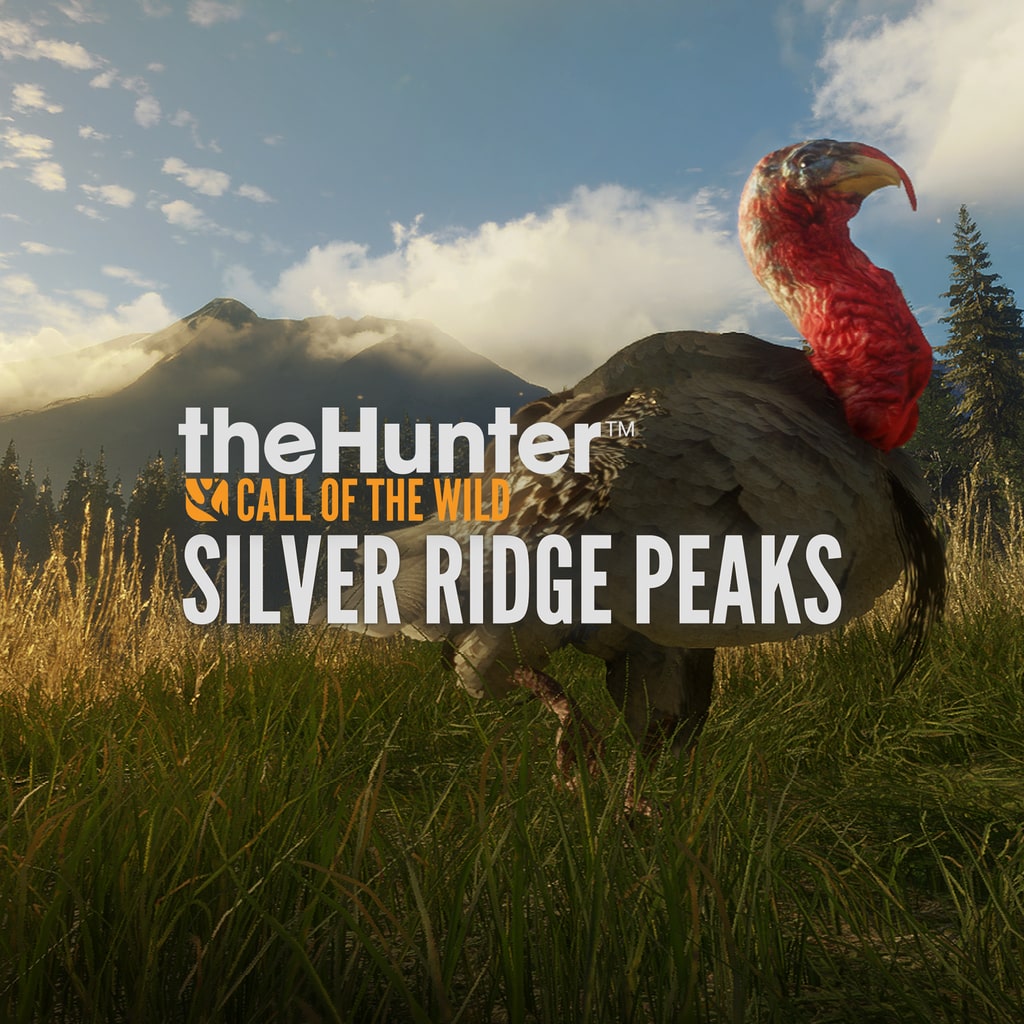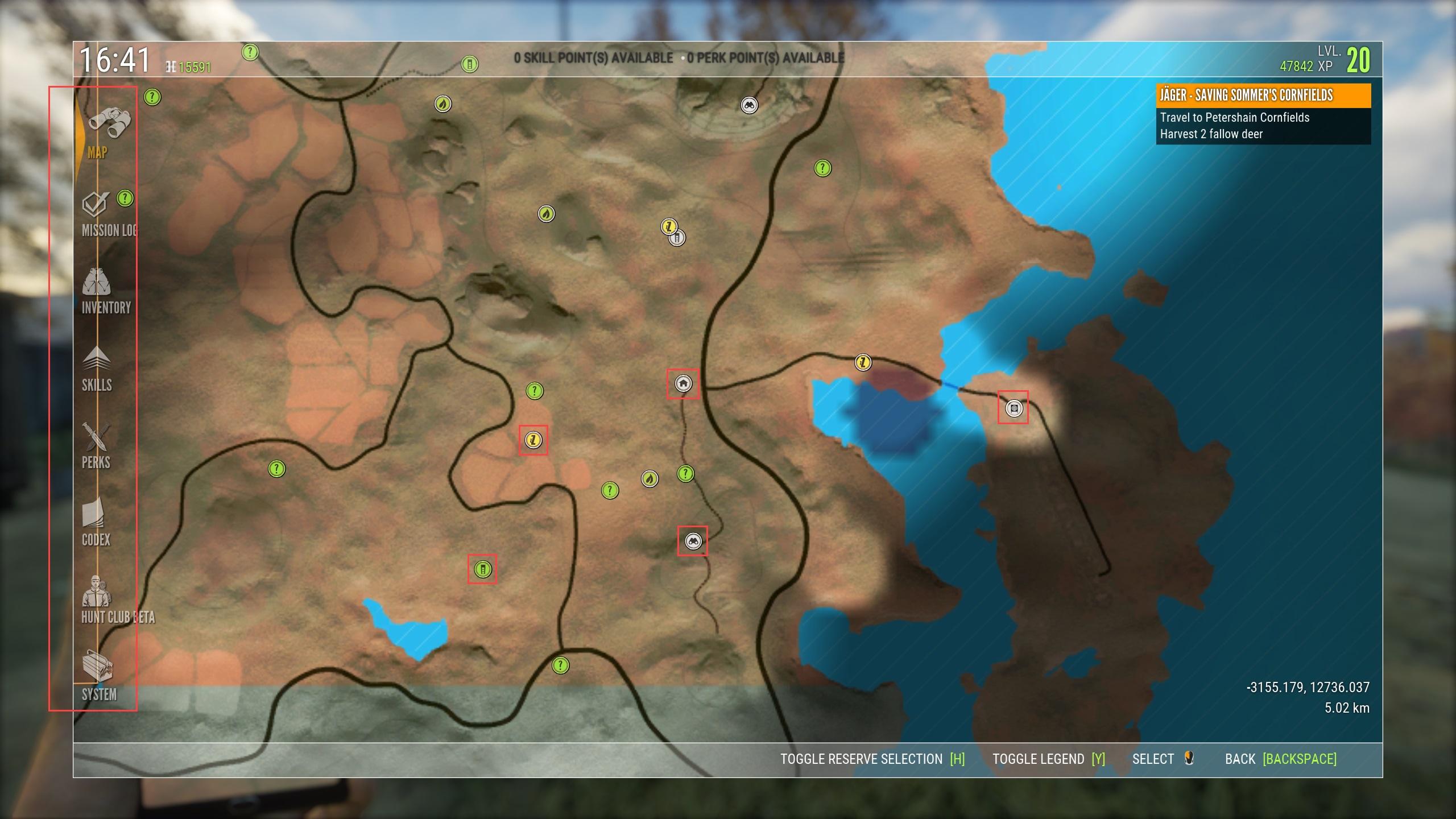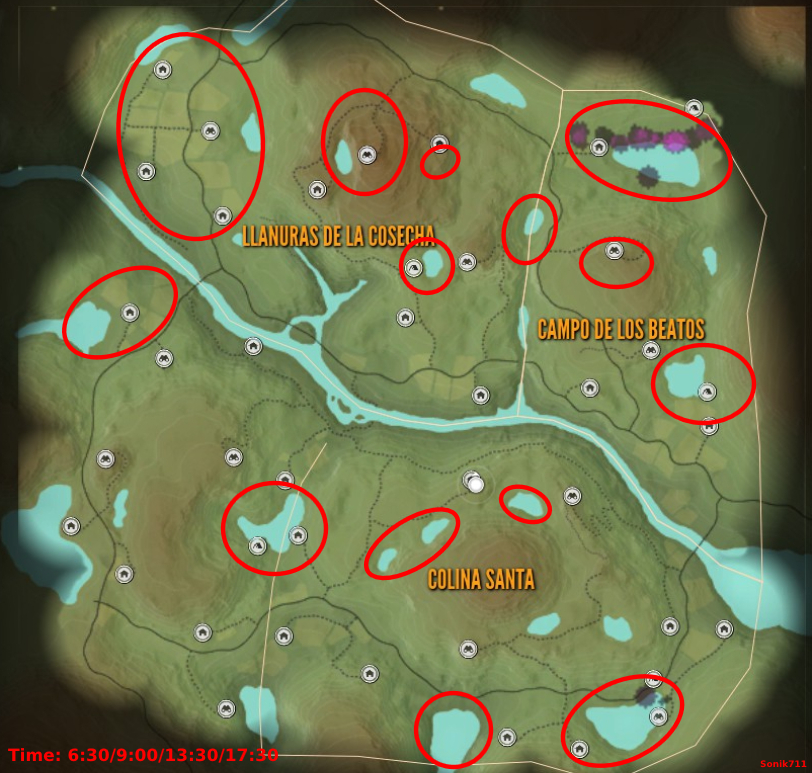

Then they will move on to plants they like less. They start with the native plants they prefer most such as schefflera, broadleaf, and hen and chicken fern in forest understoreys. As numbers have increased, deer have moved into new areas to search for food.ĭeer damage native forests by feeding on forest plants, trees, and seedlings. This is because they have been harvesting at a lower level than their breeding rate. This means they can grow to large numbers without the support of hunters and others to aid in their management.ĭeer populations have been building over the past couple of decades across the country. In New Zealand, deer have no natural predators.

This is so we can work with iwi, hapū, whānau, the NZ Game Animal Council, and communities to respond to increasing deer populations and more.

To manage better manage wild deer, DOC is developing a new strategic framework. This affects hunting and venison harvest. Large numbers also force deer to compete more for food, decreasing their size and quality. They are hunted for sport and to harvest venison.īut, unless their numbers are managed, wild deer can damage the environment by selective foraging. Although they are not a native species, deer are valued as a recreational, cultural, and economic resource.


 0 kommentar(er)
0 kommentar(er)
